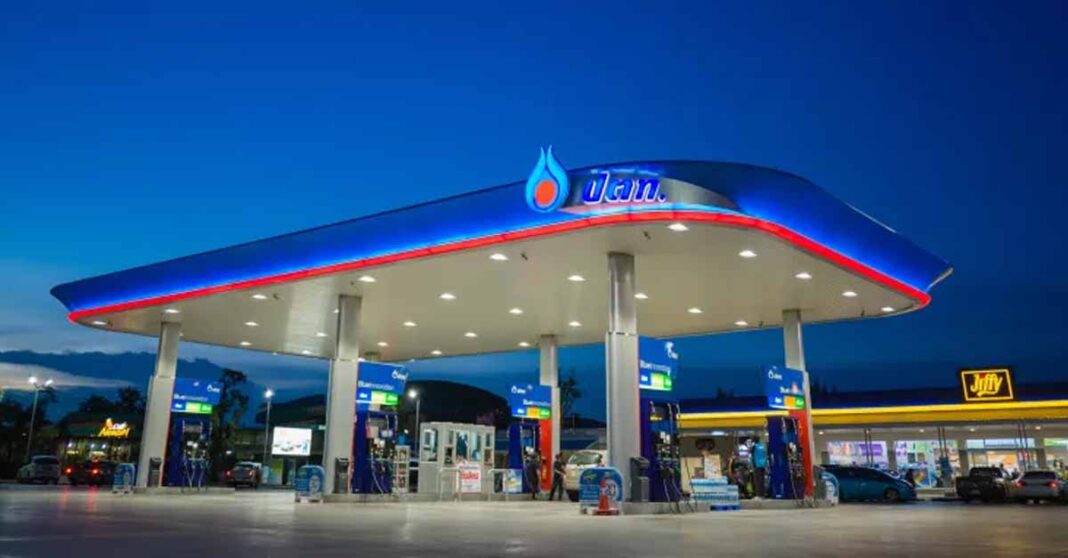A new type of tourism has emerged as a burgeoning fuel crisis sweeps across Laos, with Laotians crossing into Thailand to fill up their vehicles.
The full reopening of international borders in Laos on 9 May has allowed cross-border traffic by private car to resume, with some beginning to take advantage of their newfound freedom of movement.
But a fuel crisis brought about by the plummeting local currency in Laos has left motorists queueing for hours for small amounts of fuel.
The Government of Laos has held emergency meetings in recent days to try to find solutions to the problem, with importers unable to purchase enough fuel to service the population due to a lack of foreign currency reserves.

Meanwhile, Nong Khai Province in Thailand, only 20 kilometers from Vientiane Capital, has plenty of fuel and is open for tourism. Further afield, the shopping malls and hypermarkets of Udon Thani are only another 80 kilometers away.
So it makes sense that residents of Laos, locked inside their country for over two years, would now consider a trip to Thailand, filling up their petrol tanks at the same time.
“Yesterday I spent more than an hour outside a petrol station waiting to fill up,” one resident told The Laotian Times.
“It would probably take about the same amount of time to cross into Thailand. Today I’m going to take my family there for a change of scenery and to get some petrol, too,” he said.

But the weakening Lao kip has meant that the purchasing power of Laotians has dramatically decreased.
The official exchange rate now sees the Thai baht buy 375 kip, with unofficial exchange rates much higher.
“I used to go to Thailand regularly for shopping trips, but now with the worsening exchange rate, I just can’t afford it,” another resident said.
“The market exchange rate is already over 400 kip to the baht,” she said, saying she expected one baht to buy 500 kip in the next few days.
According to an economic study by Coface, Laos enjoys abundant natural resources and regional integration but maintains a large and persistent current account deficit, as well as a lack of foreign exchange reserves.
Governance shortcomings, a fragile banking system, and significant sovereign debt risk have increased the country’s sensitivity to changes in commodities prices.
Extremely high levels of corruption have also impacted the country’s economic stability.



